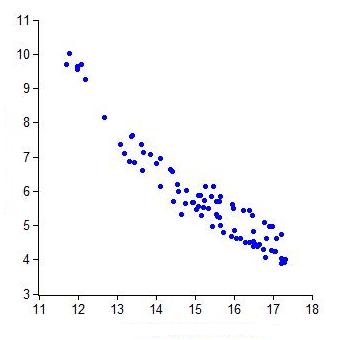 I am lover of crossword puzzles. I do the NYT crossword puzzle regularly, I’ve competed in the American Crossword Puzzle Tournament, and I’ve even dabbled in constructing puzzles myself.
I am lover of crossword puzzles. I do the NYT crossword puzzle regularly, I’ve competed in the American Crossword Puzzle Tournament, and I’ve even dabbled in constructing puzzles myself.
There’s a great deal of crossover between math lovers and crossword puzzle lovers, and one example of this crossover is Matthew Ginsberg. Ginsberg is a regular puzzle constructor, has a PhD in math from Oxford, and is an expert in artificial intelligence.
Not a huge stretch, then, that he has developed a rather effective crossword puzzle solving robot, Dr. Fill, that is now challenging the top human performers .
Ginsberg runs a company that produces software for the Air Force that helps calculate the most efficient flight path for airplanes. Here’s the cool part: “Some of the statistical techniques [used to calculate optimal paths of airplanes] are also handy, it turns out, for solving crossword puzzles.”
Yet another example of how statistical reasoning is emerging as primary tool in modern science and society!




